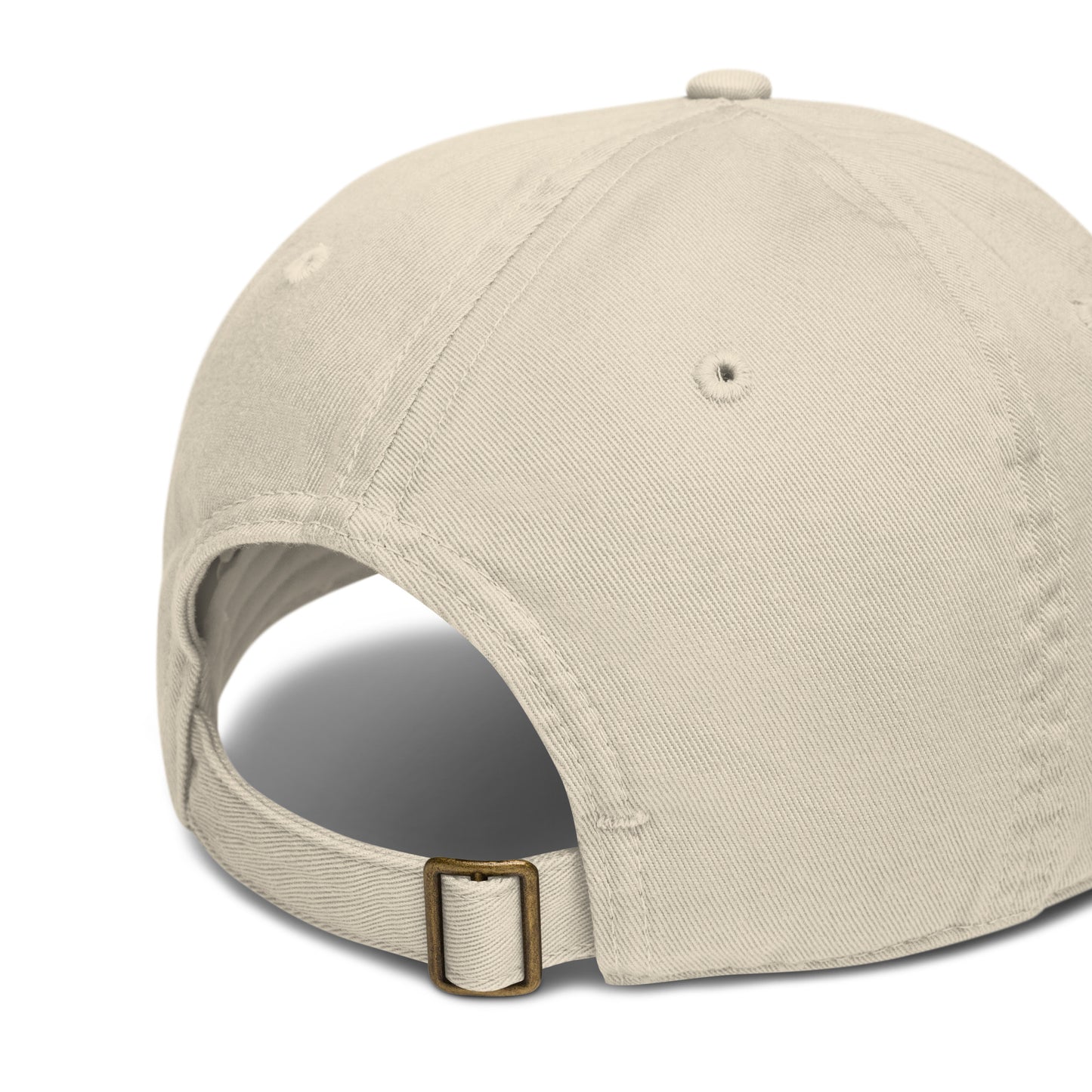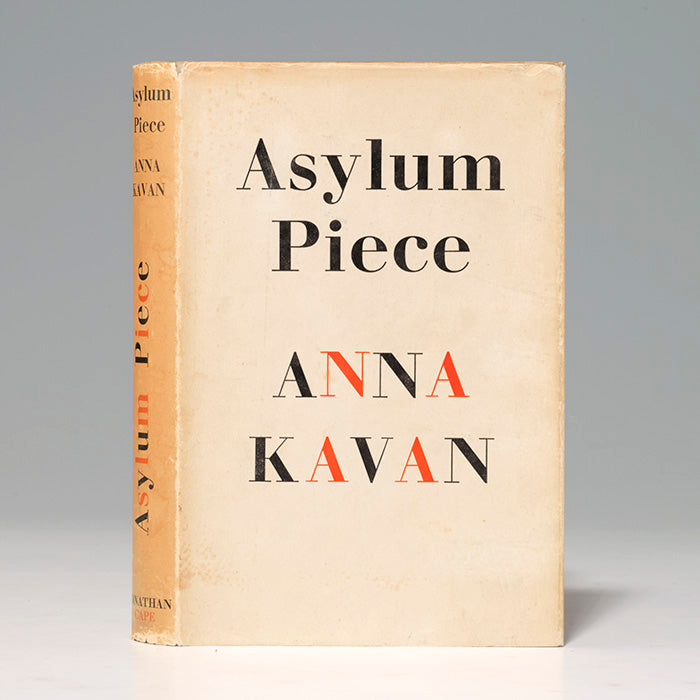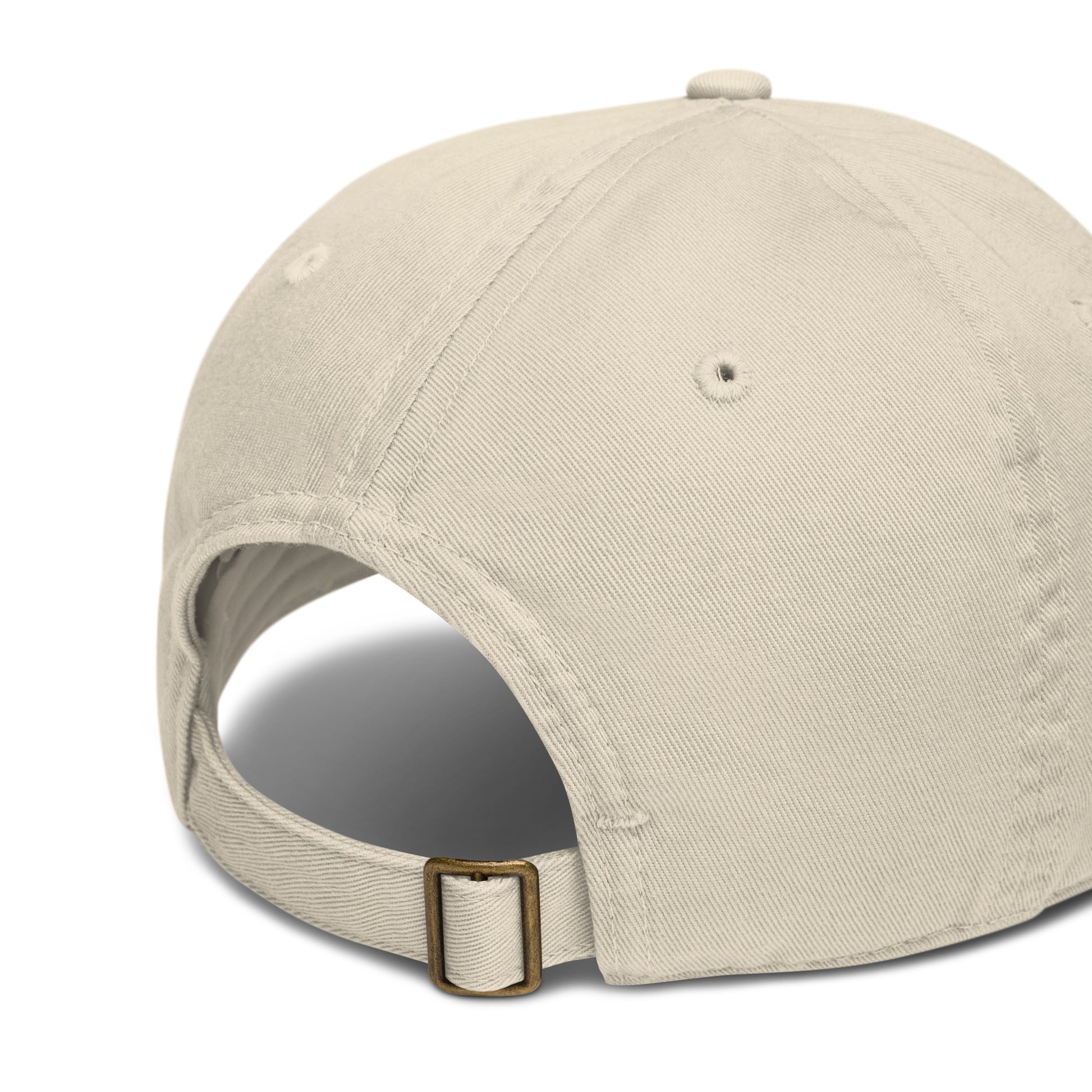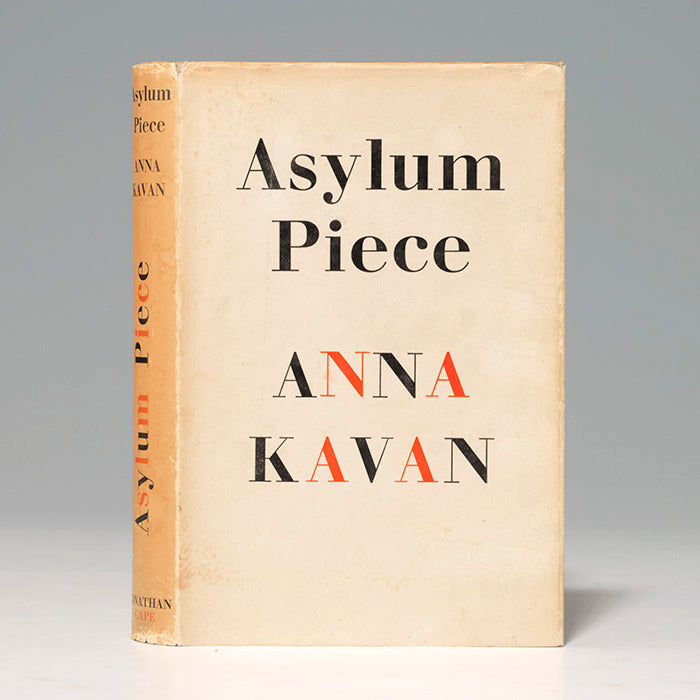Minor Canon
Anna Kavan hat
Couldn't load pickup availability
Anna Kavan (born Helen Emily Woods; 1901–1968) was a British novelist, short story writer and painter. Originally publishing under her first married name, Helen Ferguson, she adopted the name Anna Kavan in 1939, not only as a pen name but as her legal identity.
Anna Kavan was born Helen Emily Woods in Cannes, South of France, the only child of a wealthy British family. Her parents travelled frequently and Kavan grew up in Europe and the United States. As an adult she remembered her childhood as lonely and neglected. Her father died by suicide in 1911. After his death, Kavan returned to the UK where she was a boarder at Parsons Mead School in Ashstead and Malvern College in Worcestershire. Disregarding her daughter's desire to go to Oxford, her mother arranged an encounter with Donald Ferguson, her mother's former lover. Helen Emily Woods married him in 1920, a few months before he took a position with the Railway Company in Burma. She moved with her husband, began to write and gave birth to her son Bryan. In 1923, Kavan left Ferguson and returned with her son to the UK. These biographical events match the underlying narrative of her initial Bildungsroman Let Me Alone (1930) while Who Are You? (1963), written in a Nouveau Roman style, is an experimental variation of her time in Burma.
Living alone in London during the mid-1920s, she began studying painting at the London Central School of Arts and Crafts, and continued to paint throughout her life. Kavan regularly travelled to the French Riviera where she was introduced to heroin by racing car drivers she took up with. In 1928 she divorced Ferguson and married an artist named Stuart Edmonds whom she had met near Toulon. They travelled together through France, Italy, Spain and the Pyrenees before resettling in England. A year later, she published her first novel, A Charmed Circle, under the name Helen Ferguson, followed by five more books over the next eight years.
Kavan and Edmonds had a daughter, Margaret, who died soon after childbirth and they then adopted a child whom they named Susanna. In 1938, when her second marriage ended, she attempted suicide and was admitted to a clinic in Switzerland. These were the first of what would be multiple hospitalizations and asylum incarcerations throughout Kavan's life for both depression and her lifelong heroin addiction.
Asylum Piece (1940), a collection of short stories which explored the inner mindscape of the psychological explorer, was her first book under the name Anna Kavan, heroine of her previous novels Let Me Alone (1930) and A Stranger Still (1935). All subsequent works would feature a radically altered writing style. From that moment, the brunette Ferguson disappeared and the crystal-blond Kavan set about a career as an avant-garde writer using her legal name in the United States.
An inveterate traveller, Kavan initiated a long journey at the outset of World War II. From September 1939 to February 1943, she spent six months in Carmel-by-the-Sea, California in 1940. The stay inspired her novella, My Soul in China, published posthumously in 1975. She also visited the island of Bali, Indonesia, and stayed for twenty-two months in Napier, New Zealand, her final destination. Her travel itinerary was complicated by the war, which severely restricted many ordinary boat routes. As a consequence, her path took her through New York City three times and the Suez Canal twice.
Returning to England early 1943, she worked briefly with soldiers suffering from war neurosis at the Mill Hill Emergency Hospital and studied for a diploma in Psychological Medicine. She also took a secretarial position at Horizon, an influential literary magazine edited by Cyril Connolly and founded by Peter Watson, one of her friends. She contributed with stories, articles and reviews from 1944 to 1946.
Kavan continued to undergo sporadic inpatient treatments for heroin addiction and in her later years in London lived as a virtual recluse. She enjoyed a late triumph in 1967 with her novel Ice, inspired by her time in New Zealand and the country's proximity to the inhospitable frozen landscape of Antarctica. The original manuscript was titled The Cold World. When her publisher Peter Owen sent Kavan his initial response, neither rejecting nor accepting her text, he described it as a cross between Kafka and The Avengers. This post-apocalyptic novel brought critical acclaim. It is her best-known novel, still puzzling the reader for its strangeness and nowadays rather introduced as a slipstream novel than a science fiction one.
The first six of her novels gave little indication of the experimental and disturbing nature of the later work published after her detox treatment. Asylum Piece definitely heralded the new style and content of Kavan's writing. Her development of "nocturnal language" involved the lexicon of dreams and addiction, mental instability and alienation. She has been compared to Djuna Barnes, Virginia Woolf, and Sylvia Plath. Brian Aldiss described her as Kafka's sister. Anaïs Nin was an admirer and unsuccessfully pursued a correspondence with Kavan.
Although popularly supposed to have died of heroin overdose, Kavan died of heart failure at her home in Kensington and was found dead on 5 December 1968. The previous night she had failed to attend a reception in honor of Anaïs Nin at the home of her London-based publisher Peter Owen.
This hat is inspired by the cover design of the 1940 Jonathan Cape first edition of Asylum Piece.
• 100% organic cotton
• Fabric weight: 8 oz/yd² (271 g/m²)
• 3/1 twill
• Unstructured
• 6 panel
• Matching sewn eyelets
• Self-fabric adjustable closure with a brass slider and hidden tuck-in
• Blank product sourced from China





